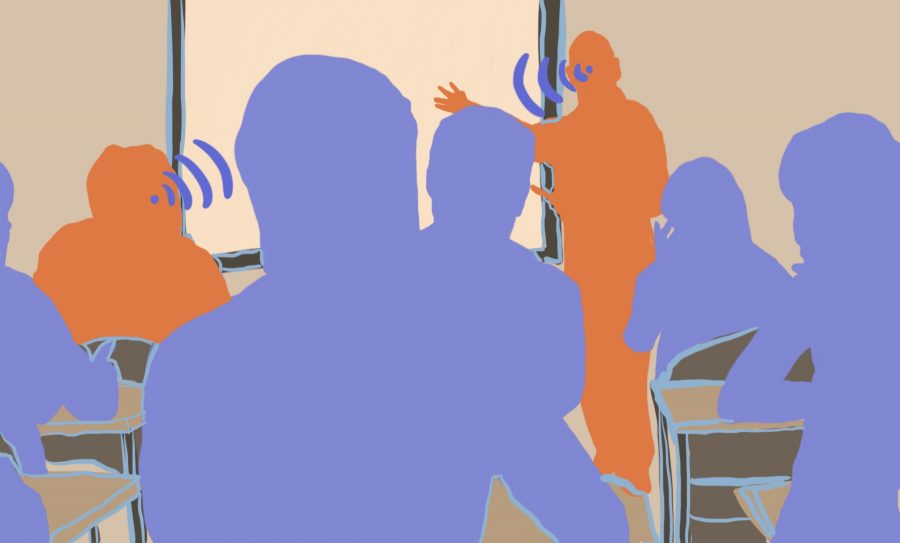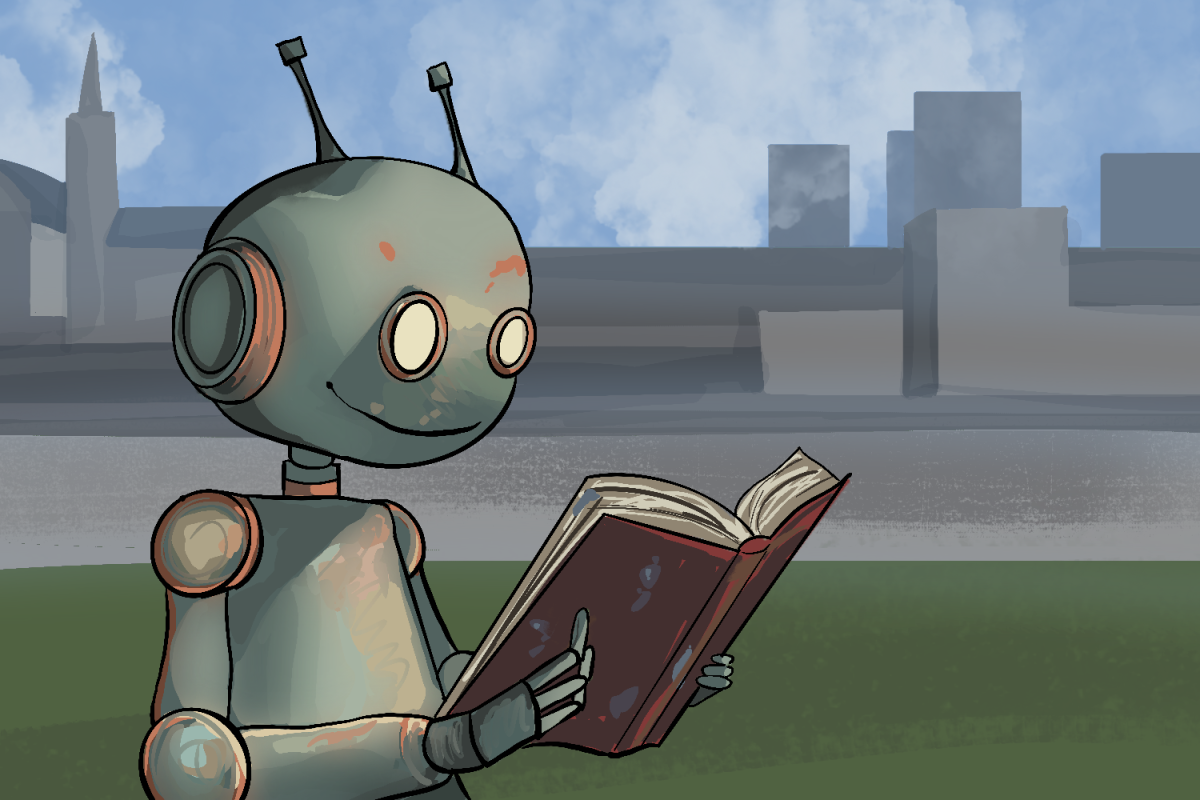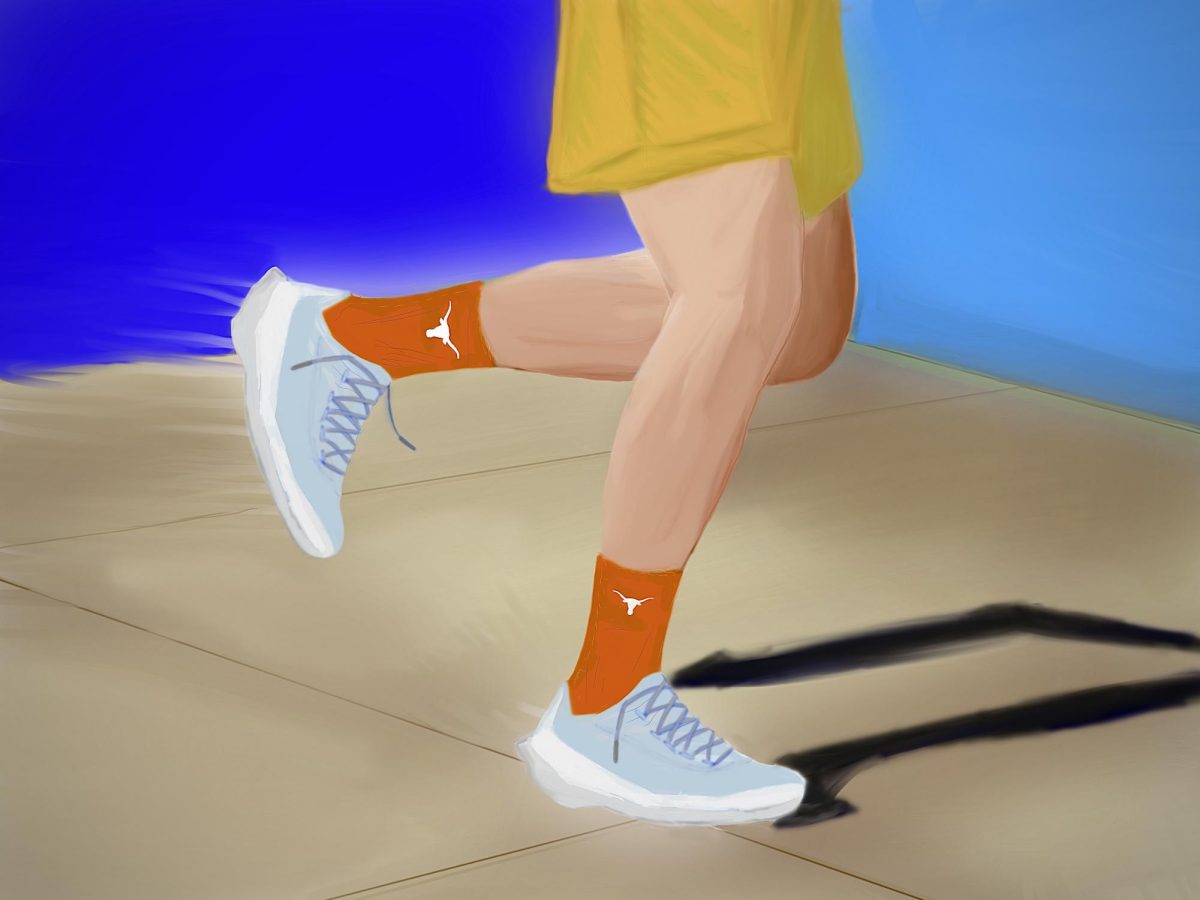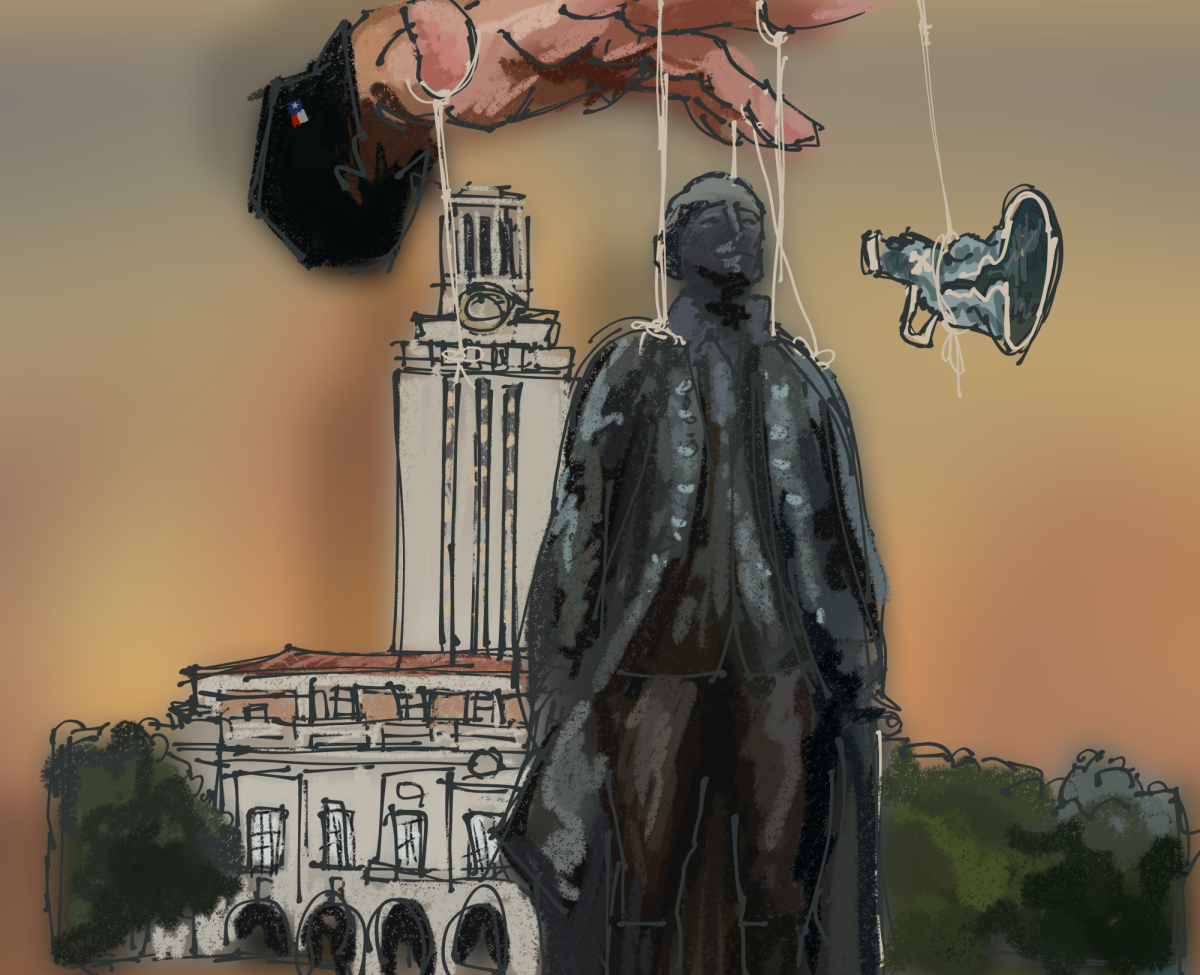The professor-student relationship is a fickle thing. Every semester, students take classes with a completely new set of professors, often with the large class sizes that are common at the University of Texas. There are barriers toward forming relationships in the classroom, the biggest being the lectern. This divides students from professors.
While office hours exist for homework help or the occasional conversation, they do not provide the best opportunity for making meaningful connections with professors.
“Office hours are built on asking professors for homework help, but for those who work individually it can feel unnatural,” finance junior Cameron Hoglund said. “The last thing I want to do is make silly mistakes in front of my professor, or go to office hours and not end up needing help.”
But there is another way to develop relationships between students and professors, and it is something that the McCombs School of Business has been doing for years: collaborative research.
Collaborative research entails undergraduate students working alongside faculty on whatever research project that faculty member is working on. Subjects can range from analysis of financial filings to the similarities between a leader and their second-in-command and how it affects group outcomes.
At the moment, only a few chosen students are able to take part in research projects across campus. According to a recent survey, 72% of undergraduates did not participate in research. The University should make collaborative research a part of the curriculum for any class that can accommodate it to give more students the chance to participate.
“Programs that enable student-faculty collaboration are a win-win for both faculty and students,” assistant professor of management Steven Gray said. “From the student’s perspective, helping faculty with a research project can offer insight into whether academia is an appealing career path. In addition, collaborating on a research project allows students to develop highly transferable skills that will help them in their career.”
In addition to benefiting the future careers of students, the program helps undergraduates by developing relationships with professors during the time of study.
“It makes them seem more human,” said marketing senior Ally Wiley, a participant in the program. “I think it solidifies your understanding because you feel like you can ask them anything and they know you well enough to know how best to explain things to you, etc. Also, working in an environment outside the classroom takes the pressure off to perform well and quickly in class.”
Students are not the only ones who benefit from collaborative research. The faculty members involved have much to gain as well. Apart from the help on research projects, getting to know students can deepen the educational experience for everyone involved.
“From a faculty perspective, I always learn something about what students are learning in their classes,” management professor David Harrison said. “I get a sense of what they’re like, what their interests are, what they are learning about business in McCombs and what their career ventures are.”
At best, students get a new look at education and may find a passion for research and academia. At worst, they have a chance to engage in the material in a less theoretical and more practical way.
“Lots of other schools have bigger programs, and many, many professors have labs in other sciences full of undergraduate students who are part of the research process,” Harrison said. “It’s really a lot of fun, and I think the more normative or typical it was, all of us would get more out of it.”
It’s time to break down barriers and move away from the lectern. Why not have students and professors do it together?
Layton is a marketing senior from Corpus Christi.





















